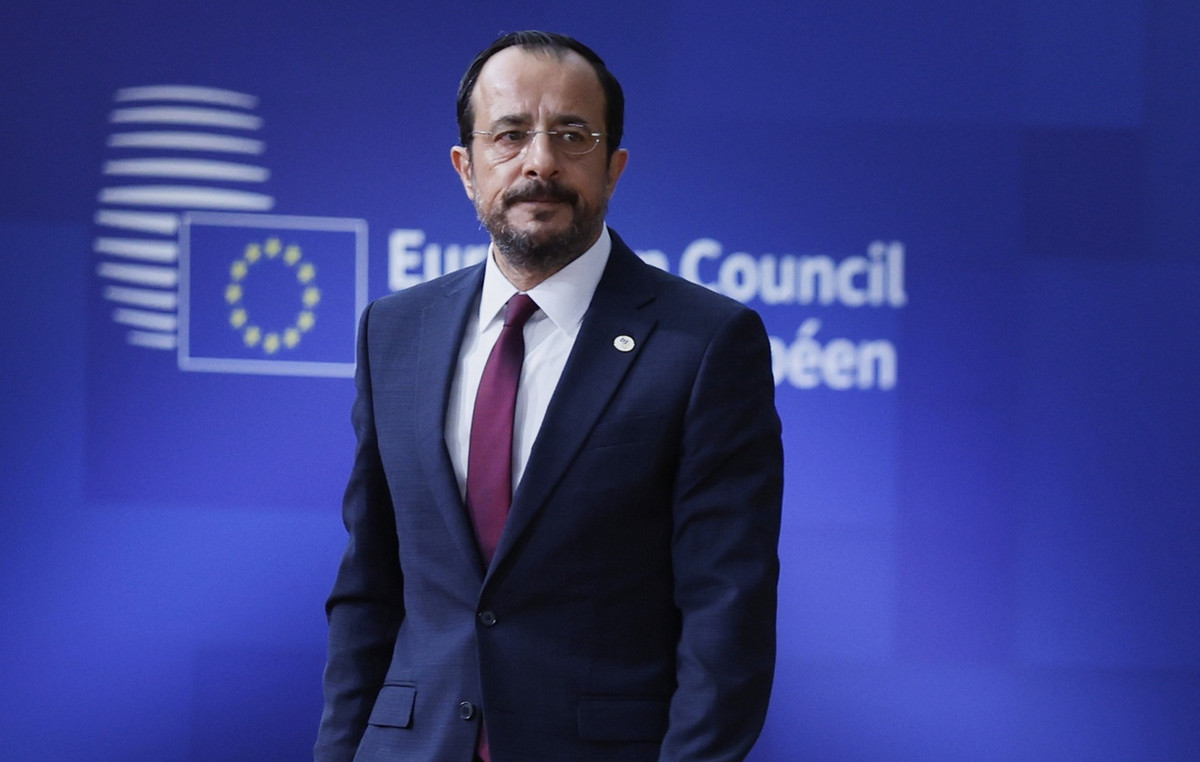More of 2.5 billion people worldwide need one or more assistive products , such as wheelchairs, hearing aids or apps that support communication and development. Nonetheless, almost 1 billion of them do not have access mainly in low and middle income countries, where the index can reach 3% of the need for this equipment.
The data are from a new report published this Monday (16) by the World Health Organization (WHO) and the United Nations Children’s Fund (Unicef).
The Global Report on Assistive Technology presents unprecedented evidence on the global need for and access to assistive products . The document provides a series of recommendations to expand availability and access, raise awareness of the need and implement inclusion policies to improve the lives of millions of people.
“Assistive technology is life changing. It opens the door to education for children with disabilities, employment and social interaction for adults living with disabilities, and an independent and dignified life for older people,” WHO Director-General Tedros Adhanom said in a statement.
WHO and UNICEF urge countries to scale up funding and prioritize access to assistive technology.
“Almost 240 million children have disabilities. Denying children the right to the products they need to thrive not only harms individual children, it deprives families and their communities of everything they could contribute if their needs were met,” said UNICEF Executive Director Catherine Russell.
According to her, the lack of access to basic items that help children with disabilities increases the bottlenecks in education, contributing to stigma and discrimination.
Report highlights
The report points out that the number of people in need of one or more assistive products is likely to increase to 3.5 billion by 2050, due to an aging population and rising prevalence of non-communicable diseases worldwide.
The survey also highlights the large gap in access between low- and high-income countries. An analysis of 35 nations reveals that access varies from 3% in the poorest to 90% in the richest.
According to the report, about two-thirds of people with assistive products reported having purchased the equipment directly. Others reported relying on family and friends to financially support their needs.
A survey of 70 countries presented in the report revealed major gaps in service delivery and product-trained workforces, especially in the areas of cognition, communication and self-care.
Previous research published by the WHO points to lack of awareness and unaffordable prices, lack of services, inadequate quality, variety and quantity of products, and procurement and supply chain challenges as major barriers.
Exclusion risks
The WHO warns that assistive products are generally considered a means of participation in community life and society, which provide equity with others. Without them, according to the entity, people suffer exclusion, run the risk of isolation, live in poverty, may face hunger and be forced to depend more on family, community and government support.
The positive impact of equipment goes beyond improving health, well-being, participation and inclusion on an individual basis. The benefits can also be perceived for families and society.
The WHO argues that expanding access to quality, safe, and affordable assistive products leads to reduced health and wellness costs, such as recurrent hospital admissions or state assistance, in addition to promoting a more productive workforce, indirectly stimulating economic growth. .
Access to this type of technology by children with disabilities is often the first step towards child development, access to education, participation in sports and community life, and job readiness. Due to growth, children with disabilities have additional challenges that require frequent adjustments or replacements of equipment used.
The report makes recommendations for concrete actions to improve access, including:
- Improve access to education, health and social assistance systems
- Ensuring the availability, safety, effectiveness and accessibility of assistive products
- Expand, diversify and improve the capacity of the workforce
- Actively engage assistive technology users and their families
- Raise public awareness and fight stigma
- Investing in data and evidence-based policy
- Invest in research, innovation and an enabling ecosystem
- Develop and invest in enabling environments
- Include assistive technology in humanitarian responses
- Provide technical and economic assistance through international cooperation to support national efforts
Source: CNN Brasil







